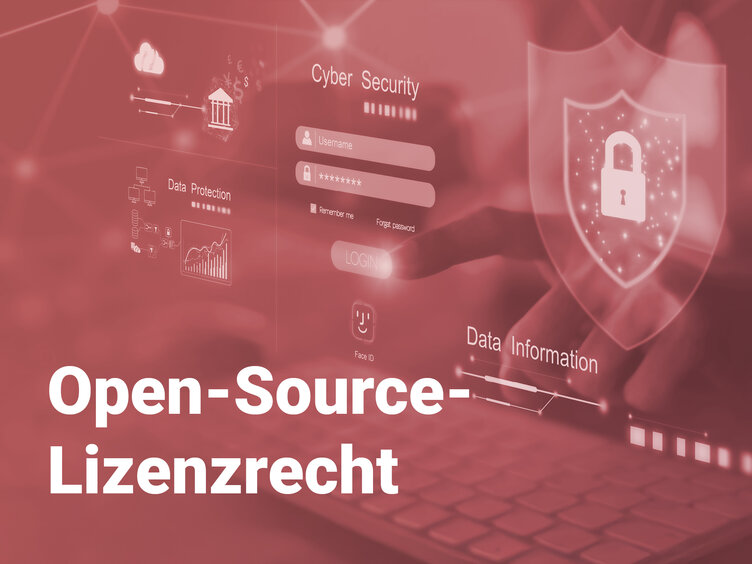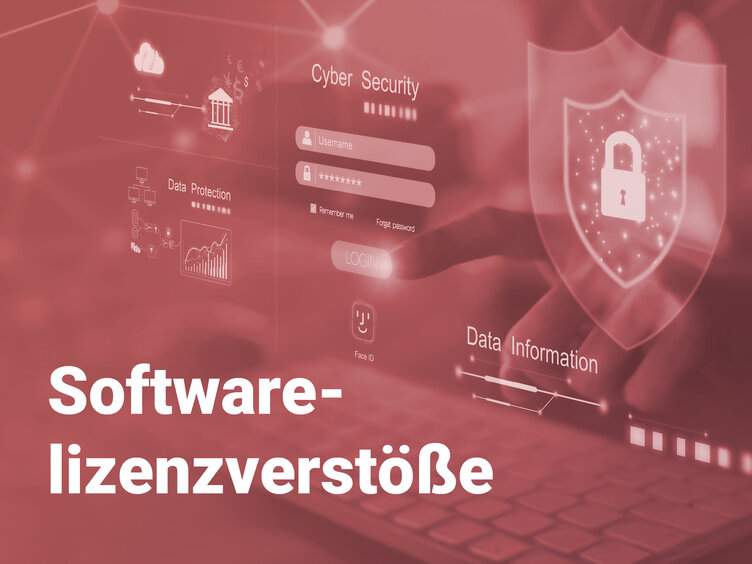Expertise from A to Z
Complex terms explained simply – regularly updated
C
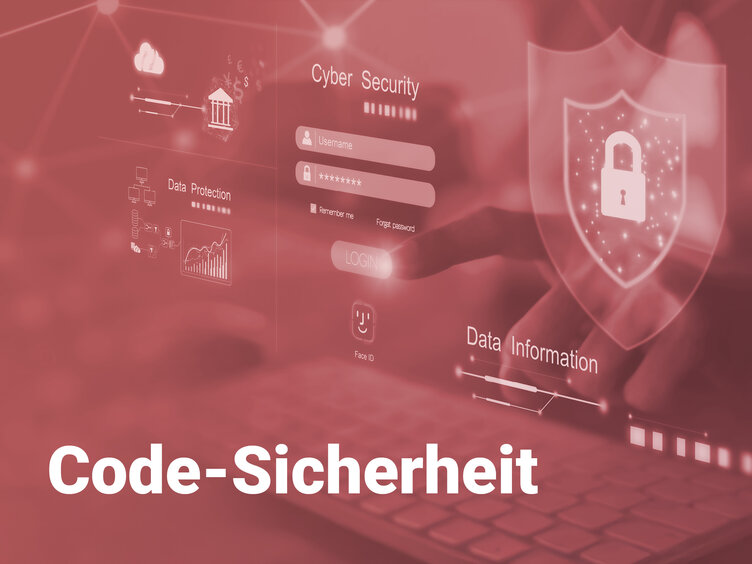
Code security in the context of software protection and license management systems
13.07.2025
Code security refers to the systematic protection of software code against unauthorized access, manipulation or theft. It combines technical measures such as encryption, code signing and runtime protection with organizational processes to ensure integrity, authenticity and license compliance. In the context of software protection, it serves as a bridge between intellectual property protection and user-specific access control.
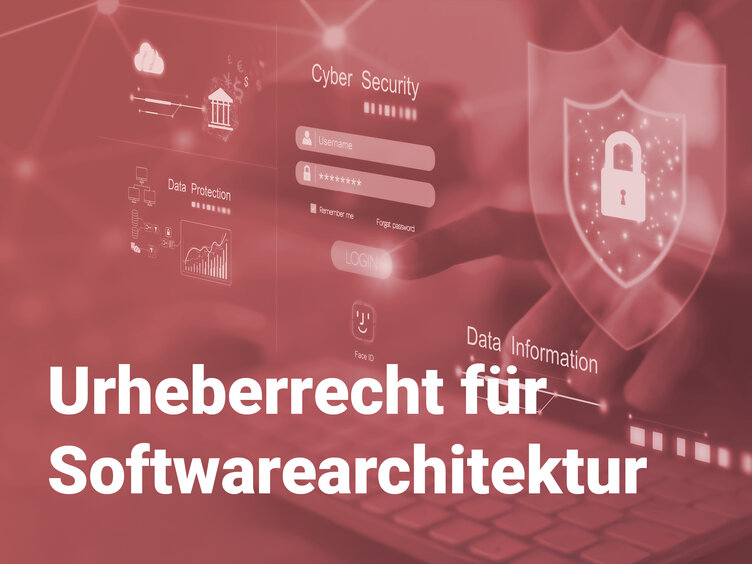
Copyright for software architecture: Protection of system designs in license management (2025)
24.06.2025
Software architecture copyright protects the unique structure, arrangement and interaction of components of a software system as an intellectual creation. It includes design documents, data flow diagrams, module hierarchies and other conceptual elements that go beyond pure functionality. The specific form of expression is protected - not the underlying idea or technical function.

Copyright Infringement in the Context of Software Protection and License Management Systems
11.06.2025
Copyright infringement refers to the unauthorized use, duplication, distribution or manipulation of copyrighted software. In the context of software protection, this includes illegal activities such as - Code theft (copying source code without authorization) - License circumvention (use of software without a valid license) - Reverse engineering to create plagiarized copies
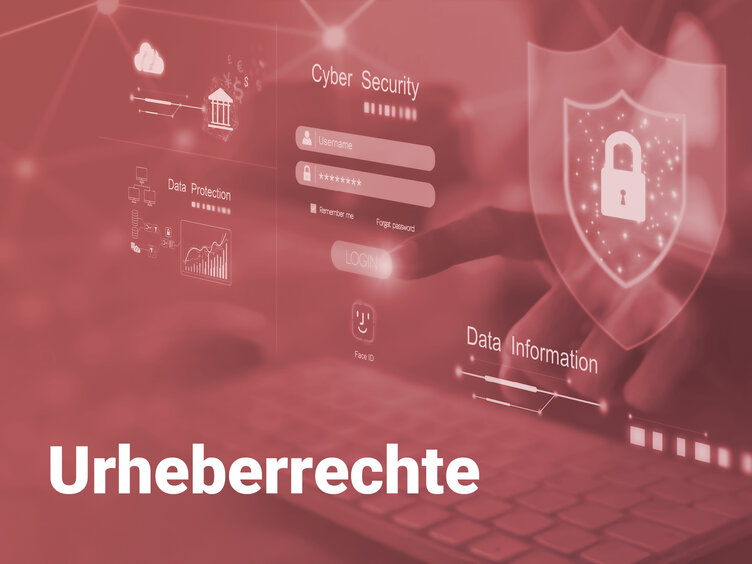
Copyrights in cloud-based systems: Definition, protection & future
10.06.2025
Copyrights in cloud-based systems protect software that is provided via cloud infrastructures. They regulate who may use, reproduce or modify digital works - even in SaaS, PaaS or IaaS models. Essentially, it is about enforcing license agreements and preventing piracy in distributed IT environments.
D

Differences between copyright and patenting in software protection
17.06.2025
Copyright protects the specific source code of software as a literary work - automatically upon creation, without registration. Patenting protects technical inventions in software (e.g. innovative algorithms), but requires a complex examination and grants exclusive rights of use for 20 years. In addition, implementations of software protection mechanisms such as anti-debugging, obfuscation and encryption can be used to make unauthorized analysis or copying of the code more difficult.
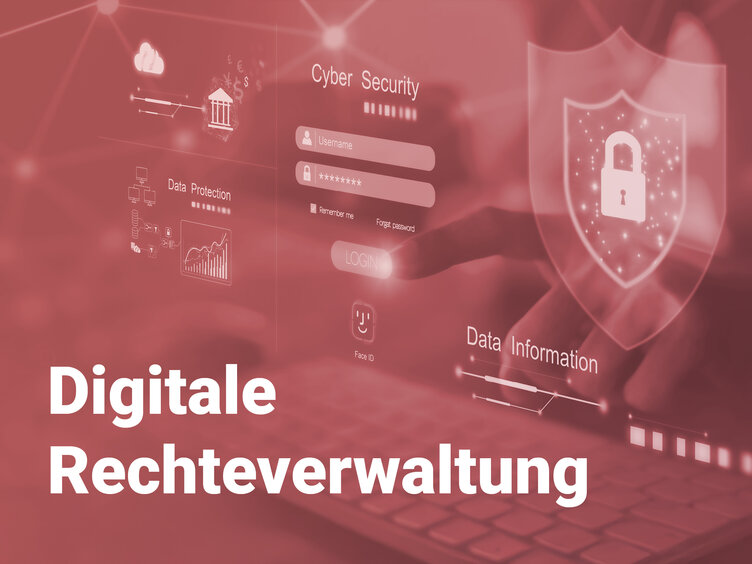
Digital rights management (DRM) in software protection and license management
09.06.2025
Digital rights management (DRM) comprises technological processes for controlling access, usage and distribution of digital content. In the context of software protection and license management, it is used to protect copyrights through encryption, license keys and access restrictions. DRM prevents unauthorized copies, modifications or distribution of software and digital assets.
F
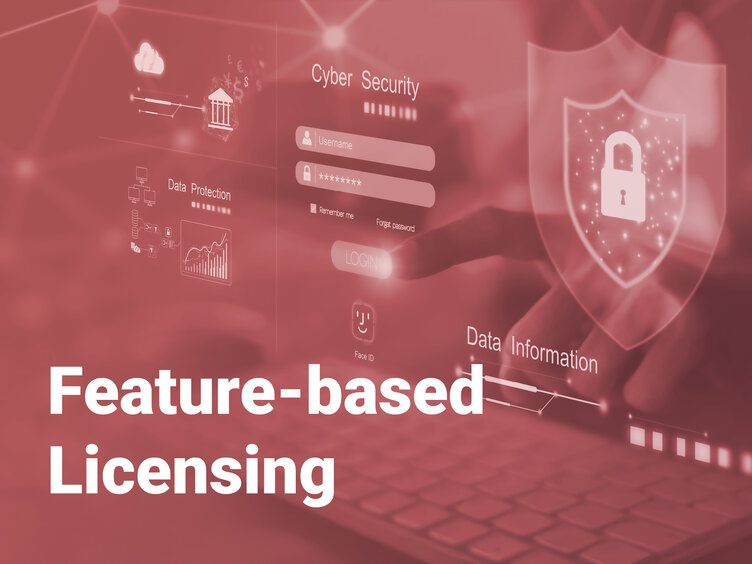
Feature-based Licensing: flexible and new sales opportunities
15.06.2025
Feature-based licensing refers to a licensing model in which software manufacturers granularly control access to individual functions or modules of their application. Customers do not receive a universal license, but can activate, deactivate or temporarily use specific features as required - often combined with other license types such as subscriptions or pay-per-use.
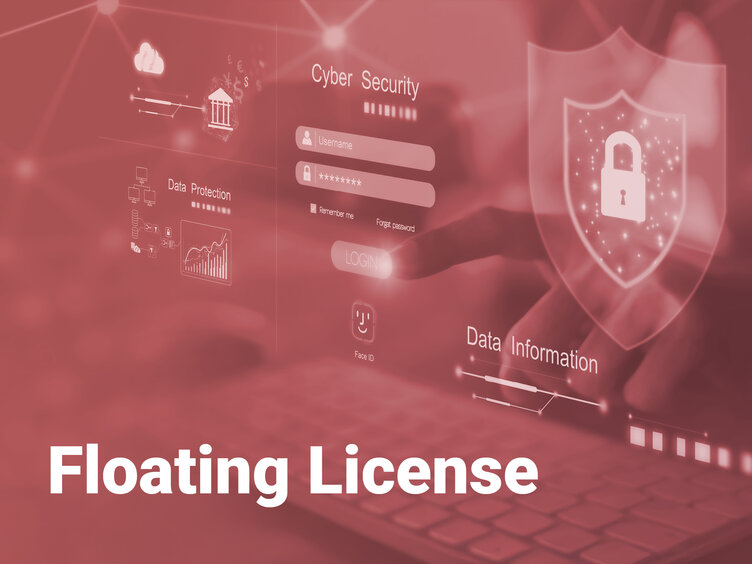
Floating license (network license): Definition, benefits & future 2025
24.04.2025
A floating license (also known as a network license or concurrent license) is a licensing model in which a limited number of software licenses are shared by several users via a network. A central license server manages availability and issues access tokens on a first-come-first-served basis. 🔑 Key feature: Licenses are not tied to devices or users, but "float" in the network and are assigned dynamically as required
I
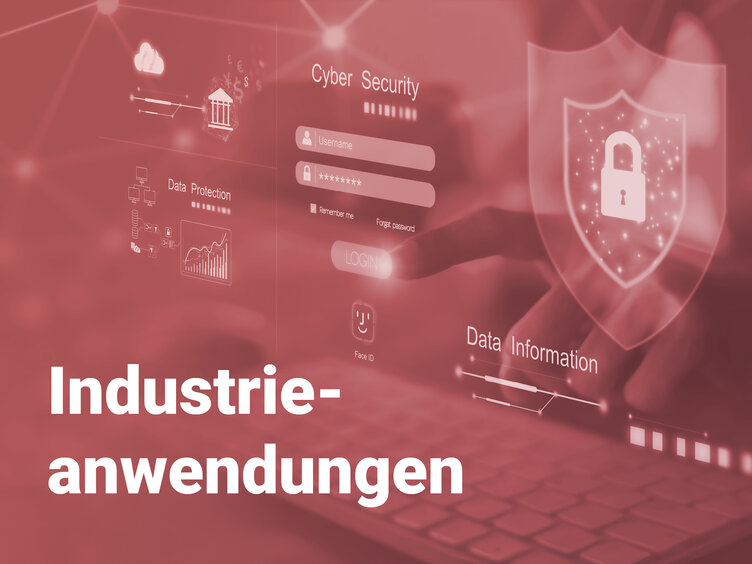
Industrial software: Protection & control for production
16.09.2025
Software for industrial applications comprises specialized programs that are used to control, monitor and optimize industrial processes such as production, logistics or automation. It integrates into machine control systems (e.g. PLCs), IoT devices and cloud platforms to enable real-time data processing, predictive maintenance or resource optimization.

Industry 4.0 in the context of software protection and license management systems
29.09.2025
Industry 4.0 refers to the networking of physical machines, sensors and software systems using digital technologies such as IoT, AI and cloud computing to enable autonomous, data-driven production processes. In the context of software protection, this includes - Cyber-physical systems (CPS) with integrated software control - Secure-by-design architectures for machine communication - Dynamic license models for cloud-based industrial applications
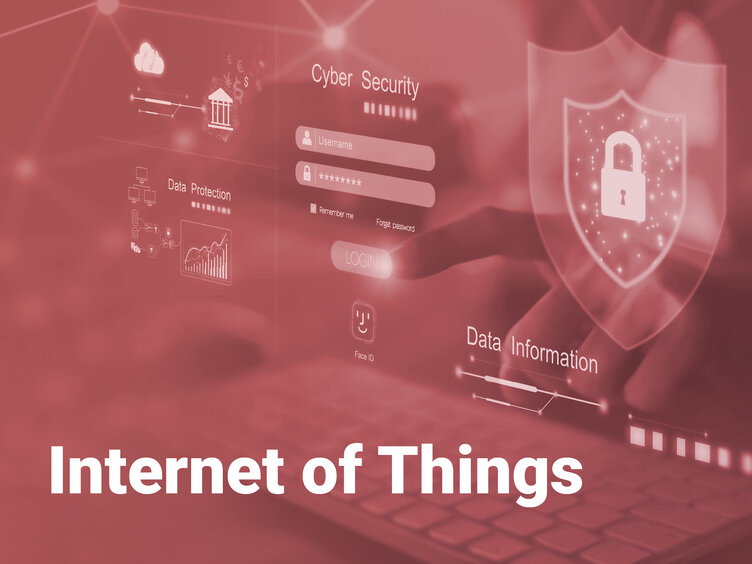
Internet of Things (IoT) in the context of software protection and license management systems
23.06.2025
The Internet of Things (IoT) refers to the networking of physical devices (e.g., sensors, machines, household appliances) via the Internet to exchange data and automate processes. In the context of software protection and license management, IoT encompasses the security of networked devices and the control of access rights and terms of use via software-based license systems.
L
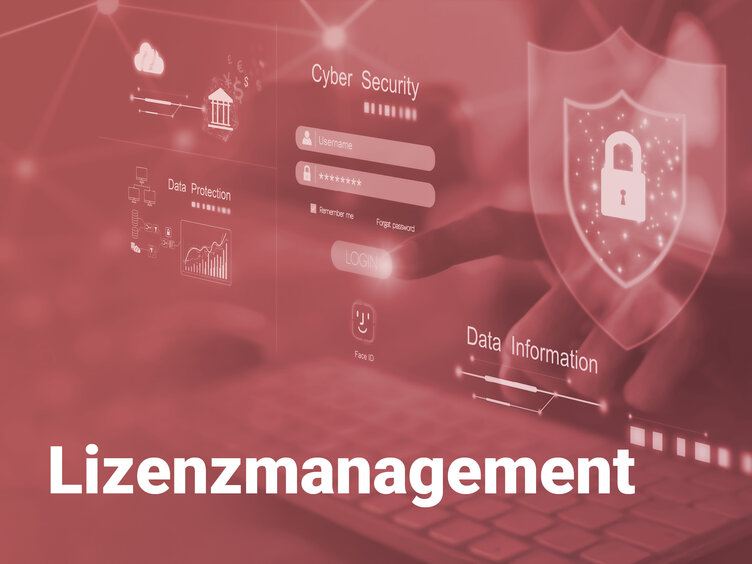
License management in the context of software protection and license management systems
27.08.2025
License management refers to the systematic administration, control and optimization of software licenses within an organization. It covers the entire life cycle of digital assets - from procurement to use and retirement. The aim is the cost-optimized, compliant and security-oriented use of software solutions. In the context of software protection systems, it serves as a bridge between legal contractual conditions (e.g. end user license agreements) and technical implementations such as licens
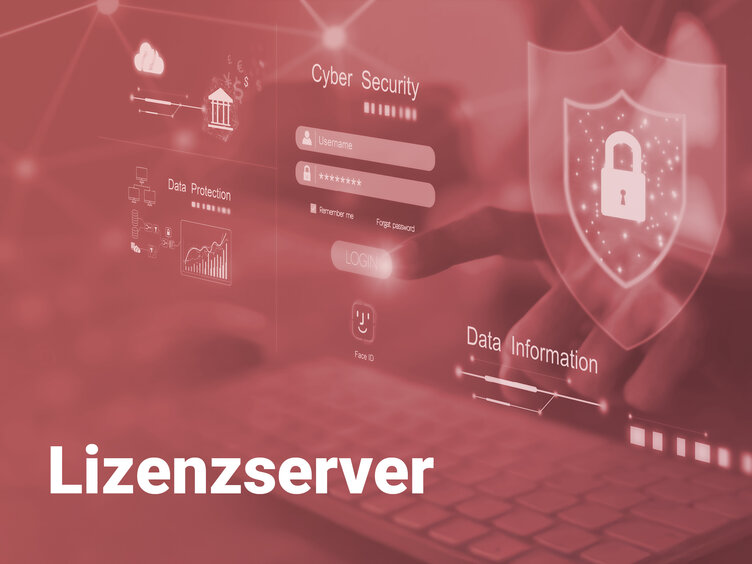
License server: Definition and relevance in software protection
24.06.2025
A license server is a centralized software system that manages access tokens or keys to control the use of licensed software.It acts as a “digital gatekeeper”, checks authorizations and ensures that only authorized users or devices can access the software.
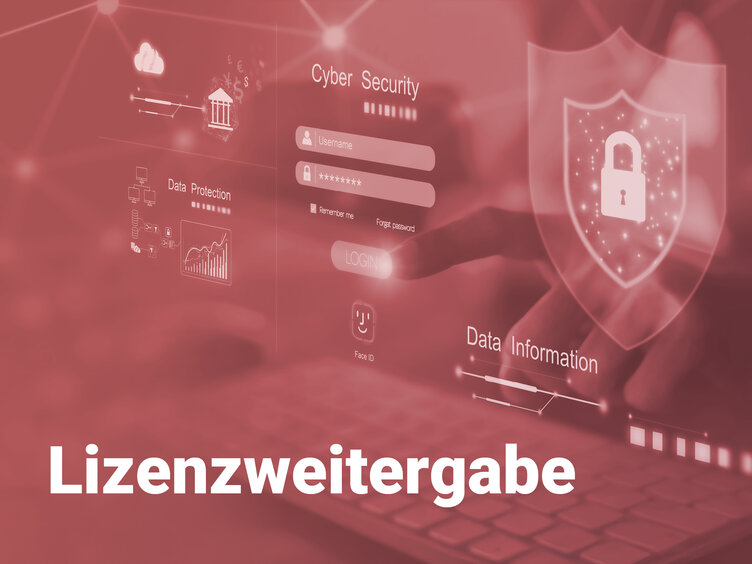
Licensetransfer in software protection
29.06.2025
License transfer refers to the legally regulated transfer of software usage rights to third parties - for example through sublicenses, resale or cloud-based access. It includes contractual agreements, technical control mechanisms and compliance checks to protect copyrights and prevent illegal use.
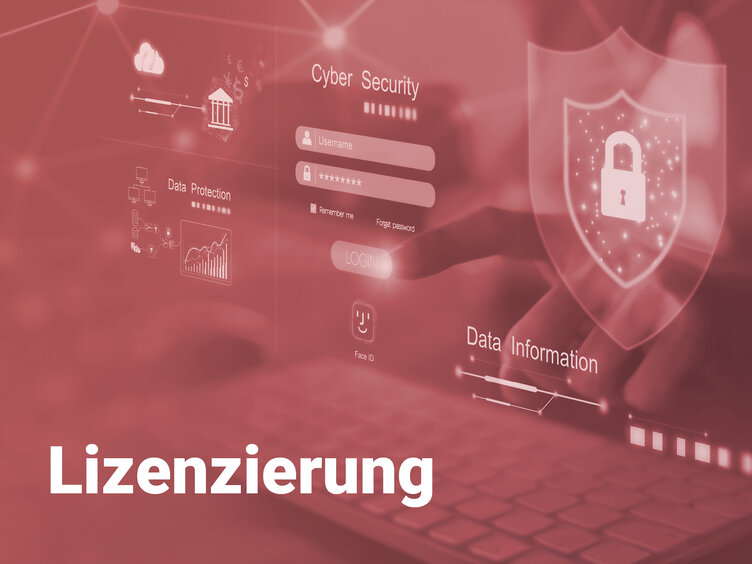
Licensing of e-health applications
18.06.2025
The licensing of e-health applications comprises the allocation, administration and control of usage rights for digital health software. It ensures that medical products such as apps, diagnostic tools or telemedicine platforms are used in a legally secure manner, protected against manipulation and in accordance with legal requirements (e.g. E-Health Act, MDR).
P
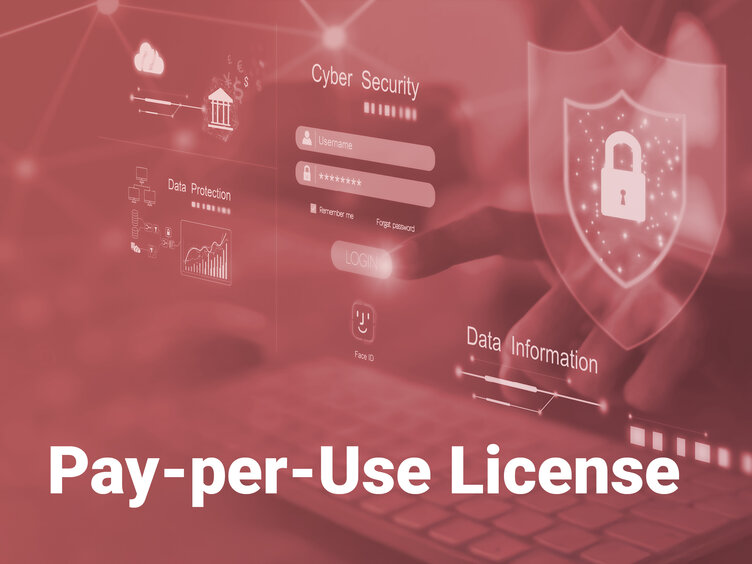
Pay-per-use license (usage-based licensing)
06.05.2025
A pay-per-use license (usage-based licensing) is a licensing model in which software providers charge usage fees exactly according to consumption - for example, per user, transaction, processing time or function call. In contrast to flat-rate models, customers only pay for the resources they actually use.
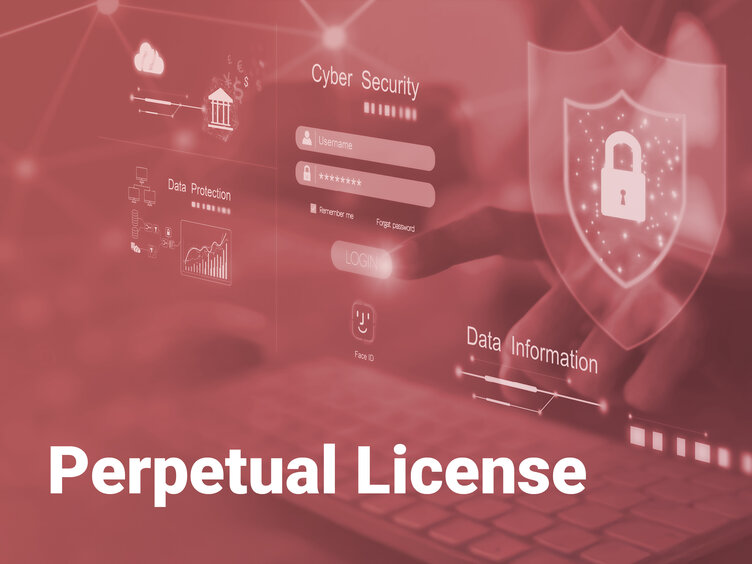
Perpetual License - for software protection and license management systems
02.09.2025
A perpetual license is a licensing model in which users acquire the right to use software for an unlimited period of time by making a one-off payment. In contrast to subscription models, there are no recurring fees, provided no optional maintenance contracts are added.
S
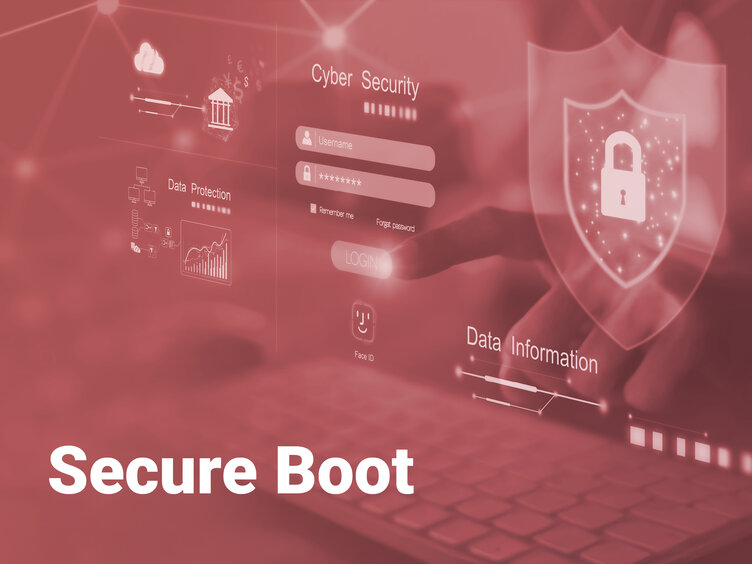
Secure Boot in the context of software protection and license management systems
08.09.2025
Secure Boot is a hardware-based security standard that is integrated into the UEFI firmware of modern computers. It ensures that only trusted, cryptographically signed software is loaded during system startup. By verifying the digital signatures of boot loaders and operating system components, it blocks unauthorized or manipulated code execution.
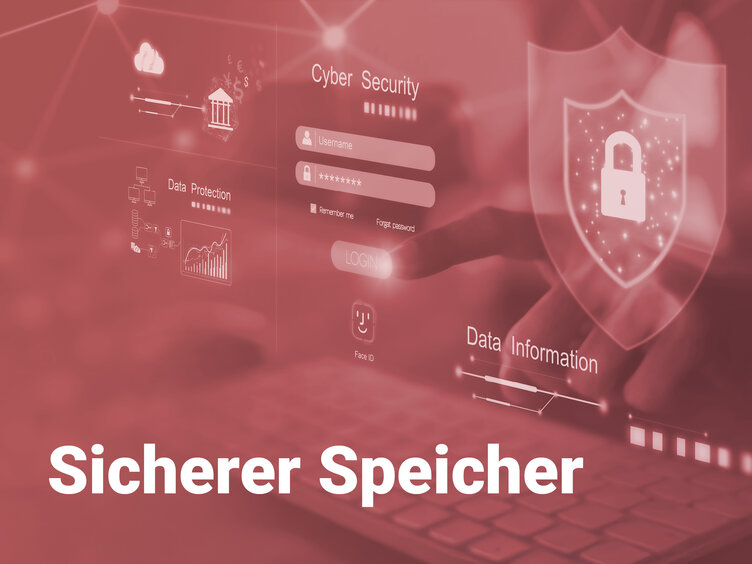
Secure storage in the context of software protection and license management systems
18.08.2025
Secure storage refers to technological solutions for the cryptographic protection of software code, license keys, and sensitive data. These systems use hardware-based encryption, secure elements, or cloud infrastructures to prevent unauthorized access, manipulation, or reverse engineering.


